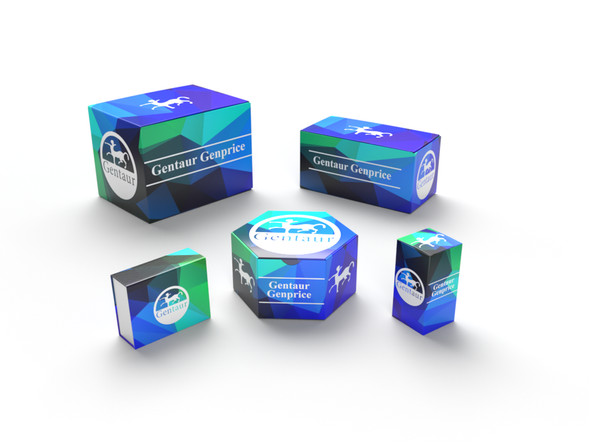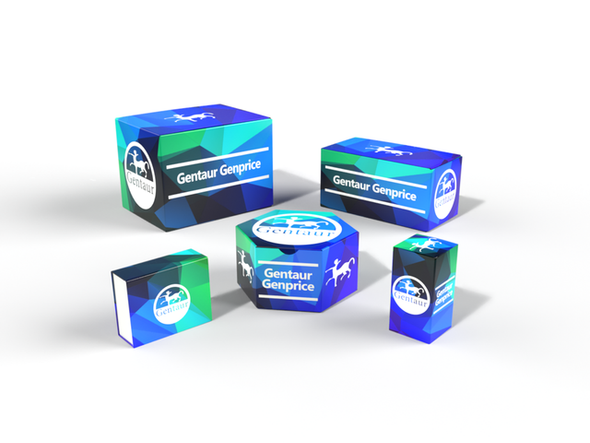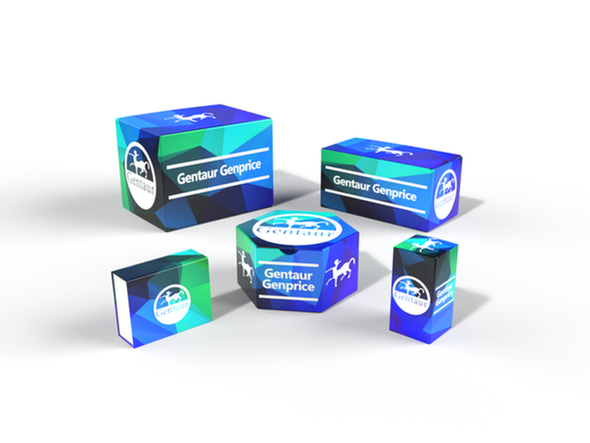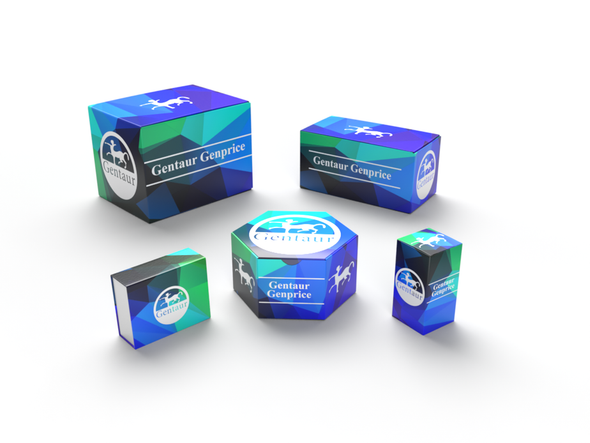Description
Angiopoietin-1 (Ang-1) is a secreted ligand for Tie-2, a tyrosine-kinase receptor expressed primarily on vascular endothelial cells and early hematopoietic cells. Ang-1/ Tie-2 signaling promotes angiogenesis during the development, remodeling, and repair of the vascular system. Transgenic mice lacking expression of either Ang-1 or Tie-2 fail to develop a fully functional cardiovascular system and die before birth. Postnatally, the angiogenic activity of Ang-1/Tie-2 is required during normal tissue repair and remodeling of the female endometrium in the menstrual cycle. Ang-1/Tie-2 signaling appears to be regulated by Angiopoietin-2 (Ang-2), a natural antagonist for Tie-2 that exerts its effects through an internal autocrine loop mechanism. In addition to suppressing endothelial cell activation by inhibiting the expression of adhesion and inflammatory molecules, Ang-1 enhances endothelial cell survival and capillary morphogenesis, and lessens capillary permeability. As such, Ang-1 has a potential to become an effective therapeutic agent for treating various endothelium disorders, including several severe human pulmonary diseases. The efficacy of cell-based Ang-1 gene therapy for acute lung injury (ALI) has recently been studied in a rat model of ALI. The results of this study show that such therapy can markedly improve lung condition and suggest that Ang-1 therapy may represent a potential new strategy for the treatment and/or prevention of acute respiratory distress injury (ARDI), a significant cause of morbidity and mortality in critically ill patients. Recombinant human ANG-1, derived from HeLa cells, is a C-terminal histidine tagged glycoprotein which migrates with an apparent molecular mass of 60.0 70.0 kDa by SDS-PAGE under reducing conditions. Sequencing analysis shows N-terminal sequences starting with Ser-20 and with Asp-70 of the 498 amino acid precursor protein.
7115 | ANG-1 Human Recombinant DataSheet
Biomolecule/Target: ANG-1
Synonyms: Angiopoietin-1
Alternates names: Angiopoietin-1
Taglines: Promotes angiogenesis during the development, remodeling, and repair of the vascular system
NCBI Gene ID #: 115650
NCBI Gene Symbol: TR13C
Gene Source: Human
Accession #: Q96RJ3
Recombinant: Yes
Source: HeLa cells
Purity by SDS-PAGEs: 95%
Assay: SDS-PAGE
Purity: N/A
Assay #2: HPLC
Endotoxin Level: < 0.1 ng/g of protein (<1EU/g).
Activity (Specifications/test method): Determined by the dose-dependent stimulation of the proliferation of human umbilical vein endothelial cells (HUVEC).
Biological activity: Determined by its ability to block BAFF induced mouse splenocyte survival. The expected ED for this effect is typically 1-5 µg/ml in the presence of 1 µg/ml human soluble BAFF.
Results: N/A
Binding Capacity: N/A
Unit Definition: N/A
Molecular Weight: 7.7 kDa
Concentration: N/A
Appearance: Lyophilized powder
Physical form description: Sterile filtered through a 0.2 micron filter. Lyophilized from 20 mM Sodium Phosphate, pH 7.5, 200 mM NaCl, 5% Trehalose.
Reconstitution Instructions: Reconstitute in sterile HO to a concentration of 0.1-1.0 mg/ml. This solution can then be diluted into other aqueous buffers or stored at 4°C for 1 week or 20°C for future use.
Amino acid sequence: N/A






